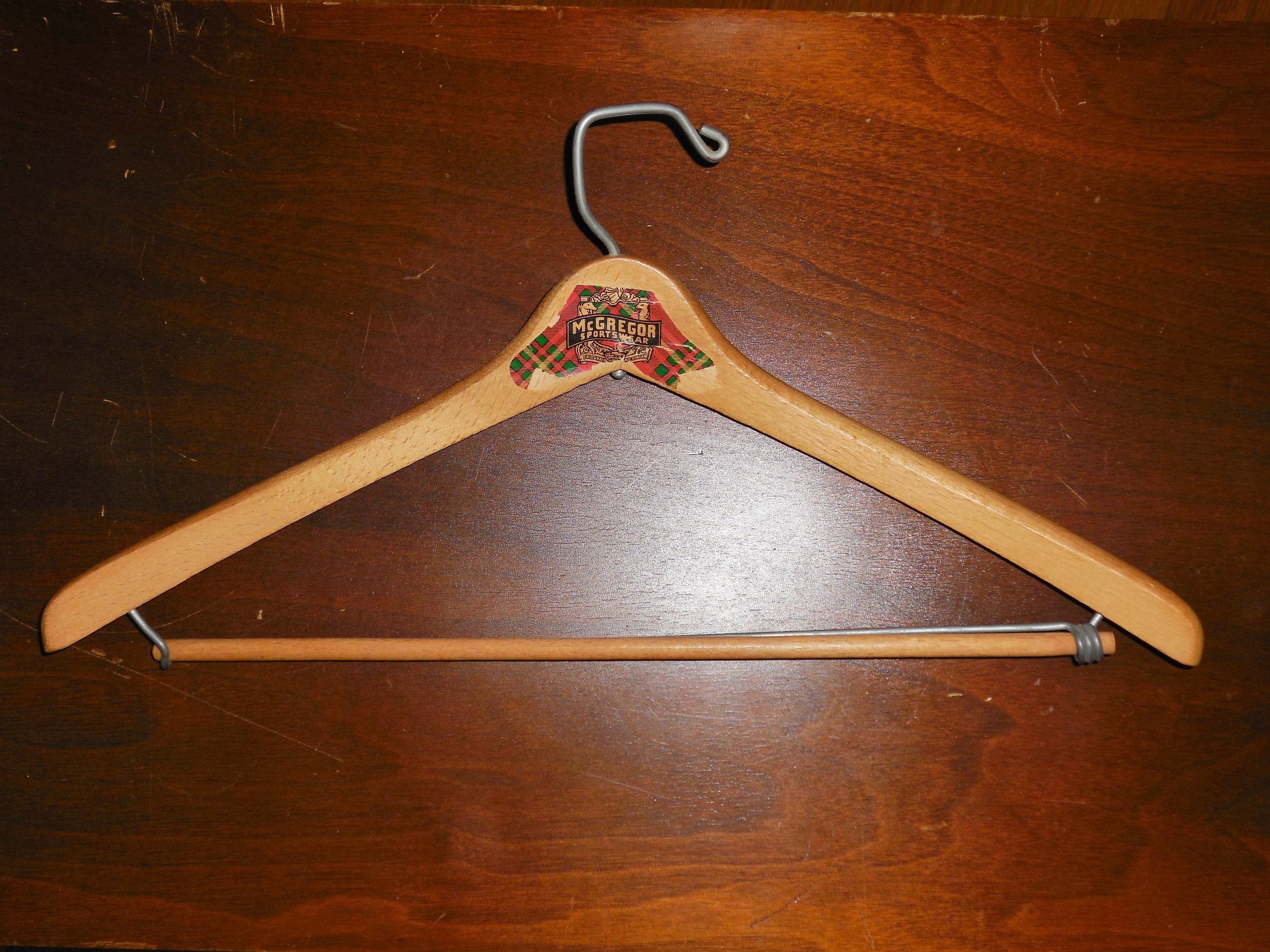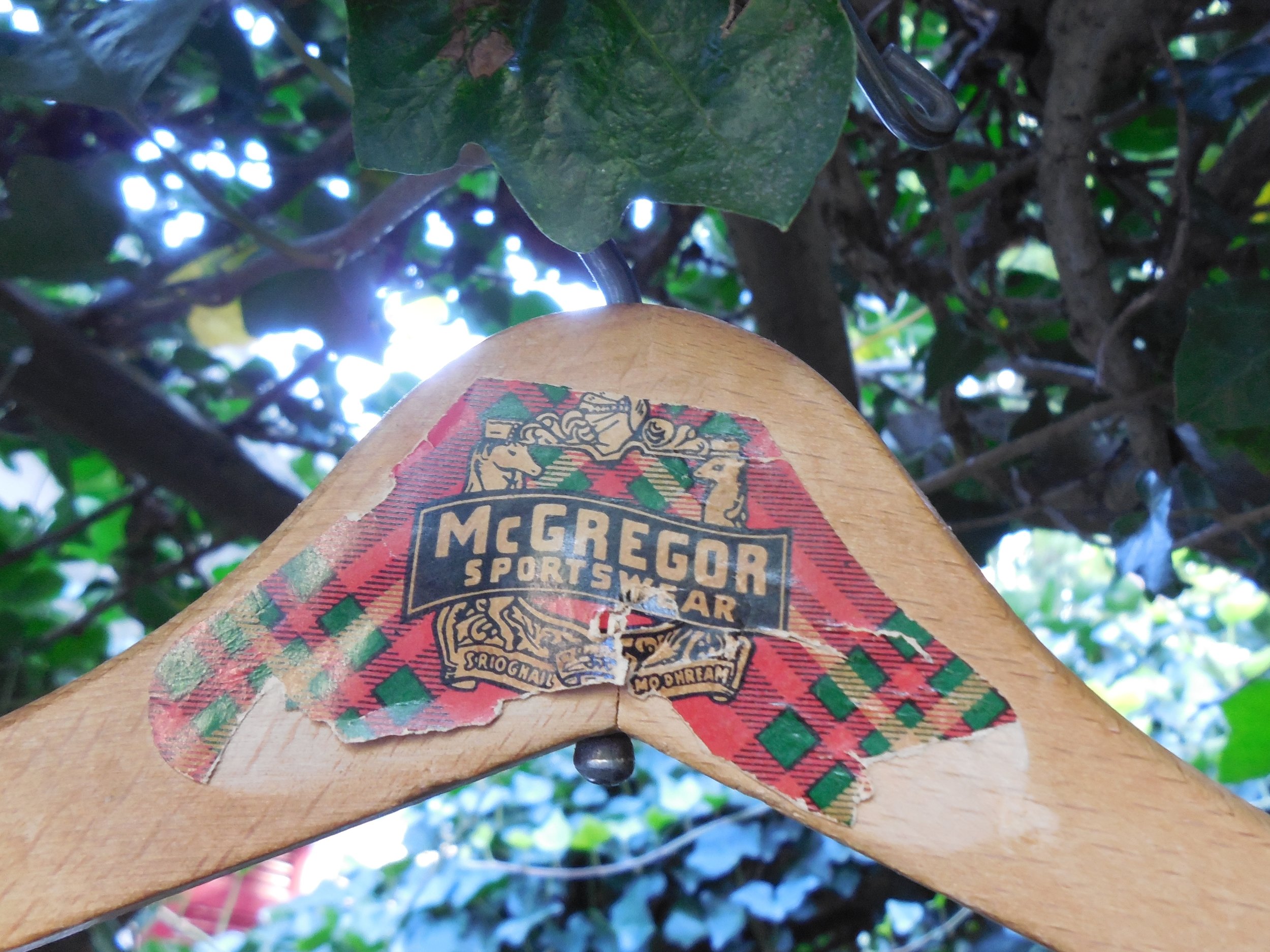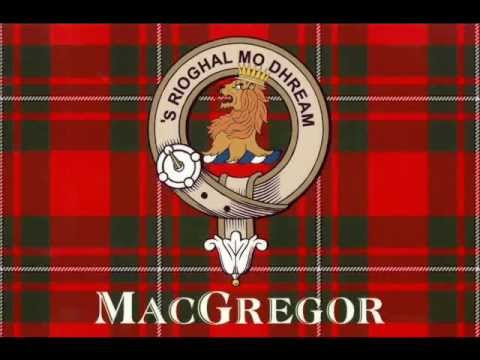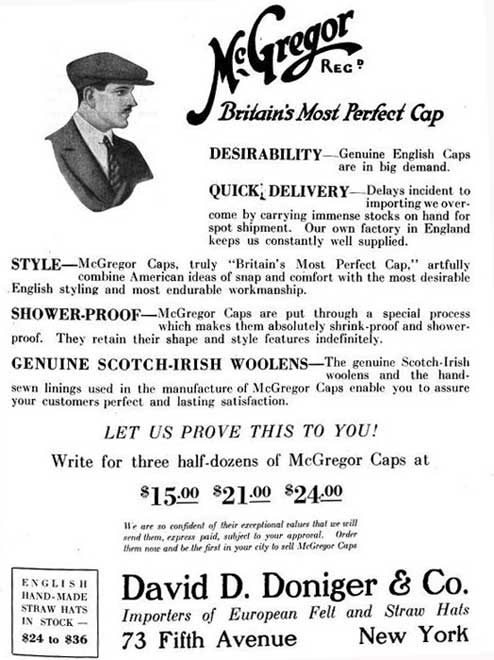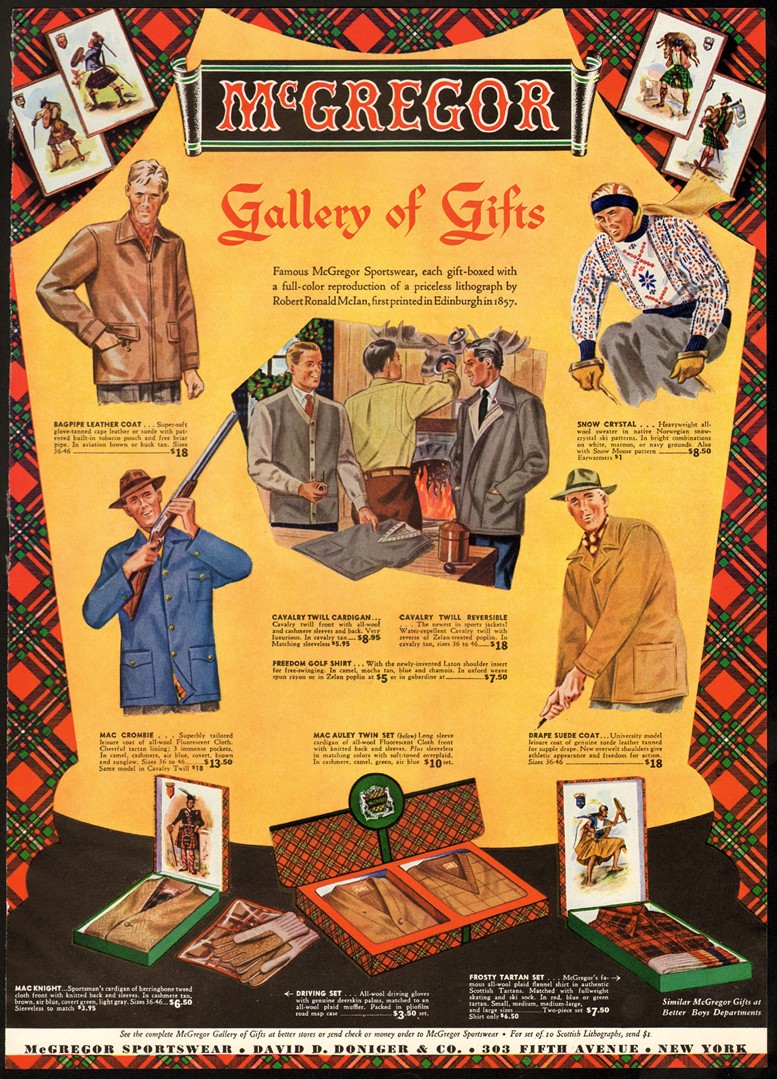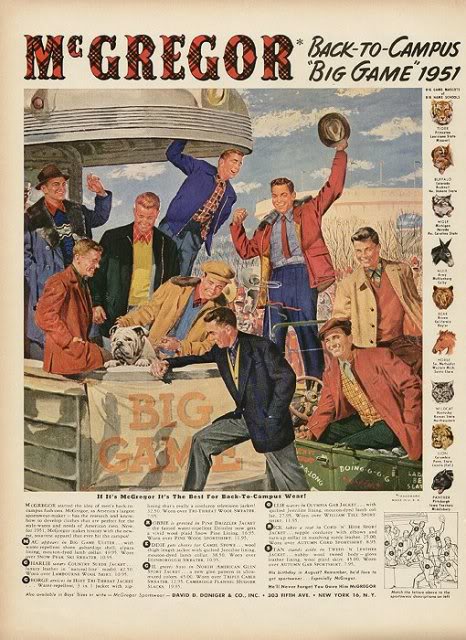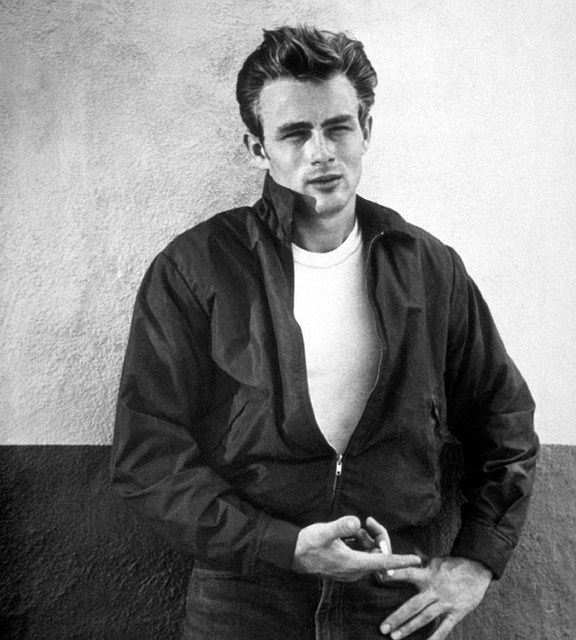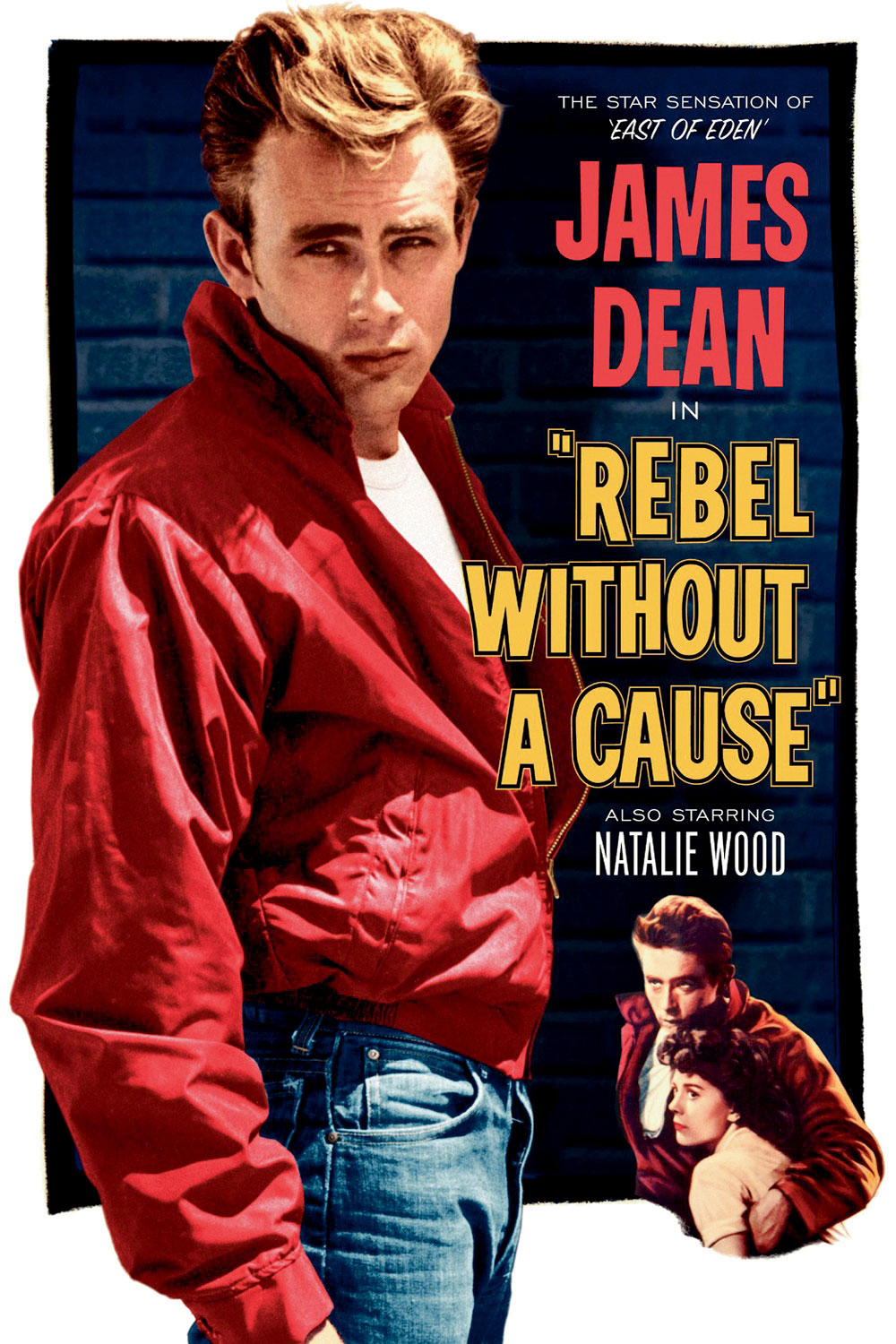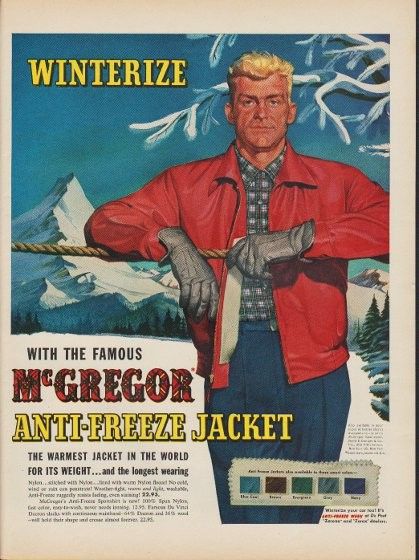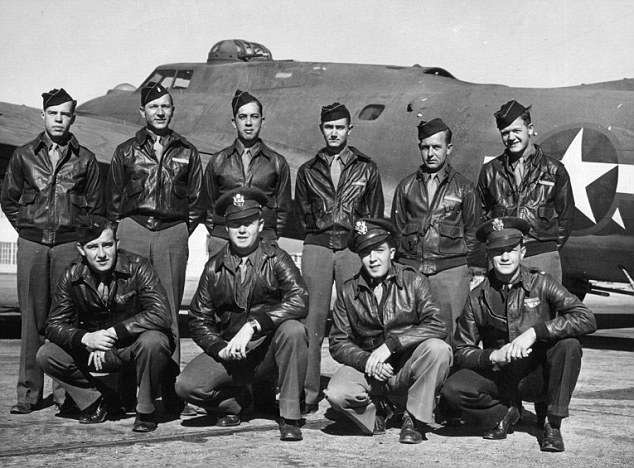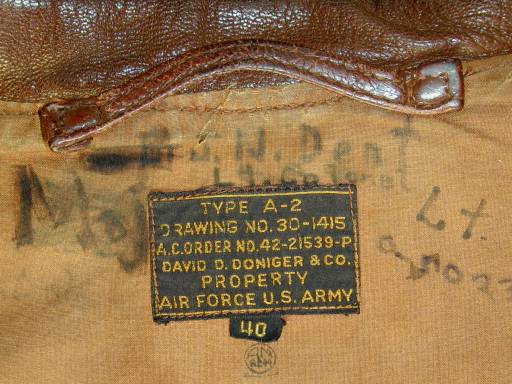Yes, in answer to your question, there is an Anikka Becker Corporate Coat Hanger Collection. Pieces come from clothing shops, tailors, hotels, and manufacturers all over the world. Whether selected for the beauty of their wood, innovative shape, or evocative label, they all have a story to tell. One recent acquisition, the McGregor, really earned its keep.
Found in a bin at Artistic Artifacts of Alexandria, Virginia, the McGregor's wood is even, so as not to catch any threads of fine apparel fabric. It bows to the back, suggesting its intent was to maintain the shape of the shoulders of a heavy jacket or coat. But this piece was selected for its colorful label, a red and green tartan background with the name, McGregor Sportswear, and the clan crest and motto, S Rioghail Mo Dhream, Royal is my race.
Such an eyecatching label prompted some research into McGregor Sportswear. This menswear company was founded in New York in 1921 by Scottish immigrant and hatmaker, David Doniger, a member of clan MacGregor who financed his voyage to America manufacturing men's caps from the clan tartan. In the US, David D. Doniger & Co. made its name with the McGregor Coordinated Sportswear Collection, in the 1920s a new concept -- a collection of pieces in coordinated fabrics that worked separately or together to create a complete, easy wardrobe. McGregor's blend of American style and classic tailoring took off in the fast-moving New York of the 1920s. The sporty, youthful look made the brand a favorite on college campuses, and by the 1950s McGregor had become the leading American men's sportswear manufacturer.
McGregor claimed a place in American history in 1955 when the wardrobe mistress of the edgy new film Rebel without a Cause chose McGregor's red nylon Anti-Freeze jacket to dress the star, James Dean. The film became a classic; Dean, who tragically died before its release, became a film idol, and the jacket an icon of disaffected American youth. Readers here will recognize that the easy torso and fitted waist of the Anti Freeze make it one in a long line of blouson jackets. We saw that during World War II the blouson was the silhouette of the hero-- the leather 'bomber' jacket of the American flier and the eponymous Eisenhower jacket. In the postwar period James Dean made it the symbol of the antihero. And here is where it gets really interesting.
We got to wondering how McGregor, so soon after the war, came to create the Anti-Freeze. Further research shows that the US Army Air Corps blouson leather jacket worn by American fliers in World War II, known as the A-2, was manufactured by eighteen different contractors, among them David D. Doniger & Co., New York.
One silhouette, one company, two American icons. And all this from a coat hanger. We had no idea.

